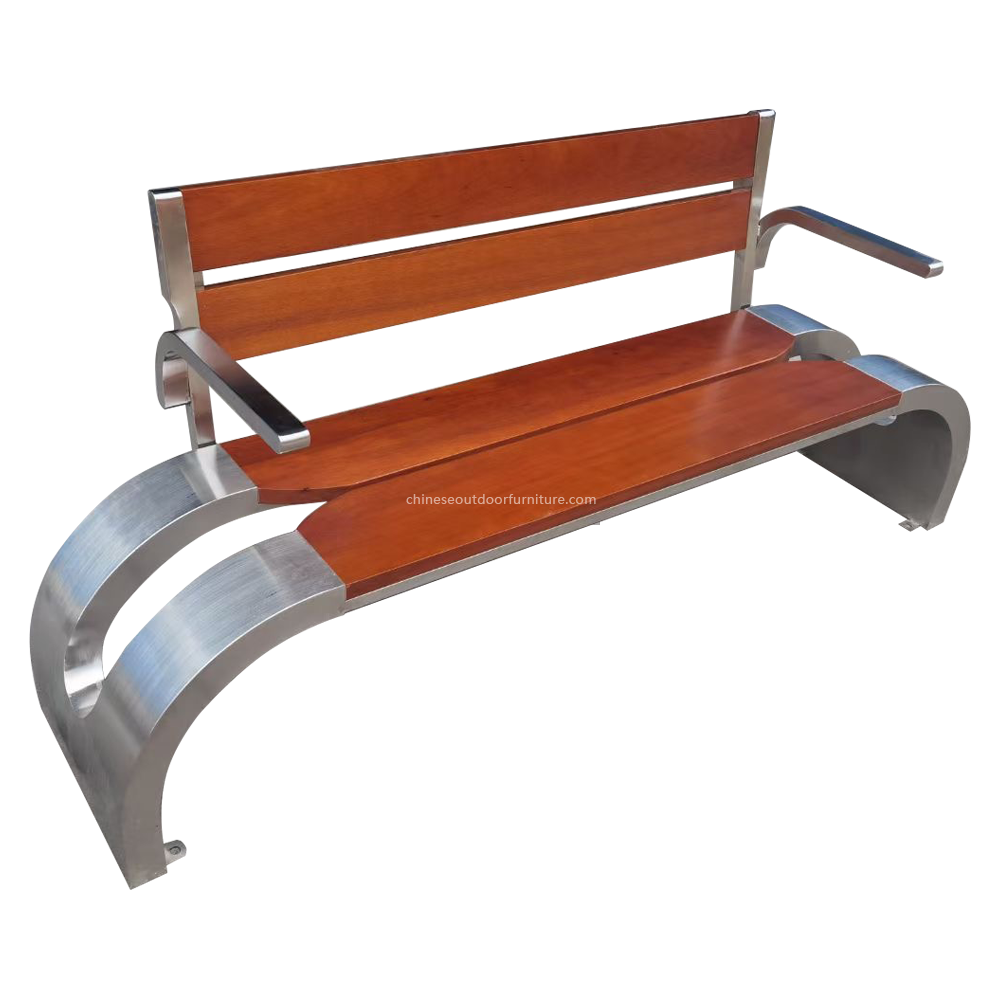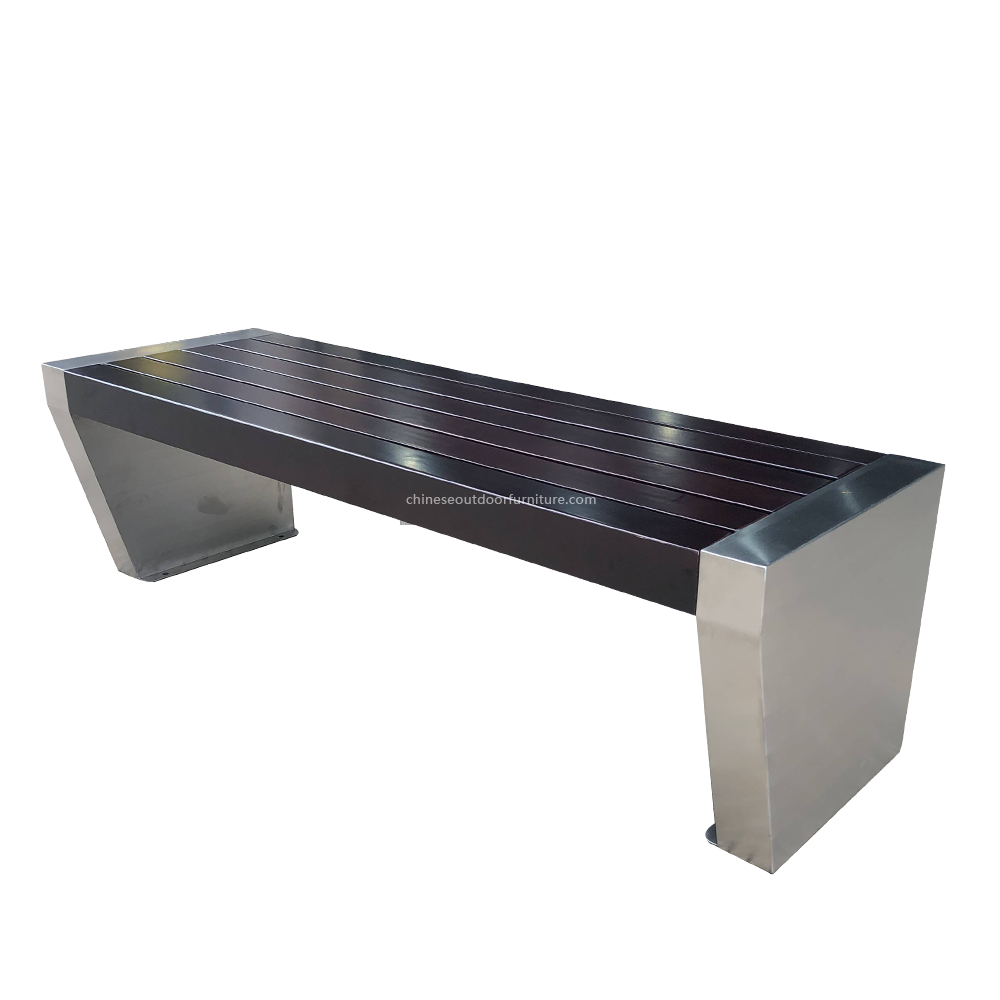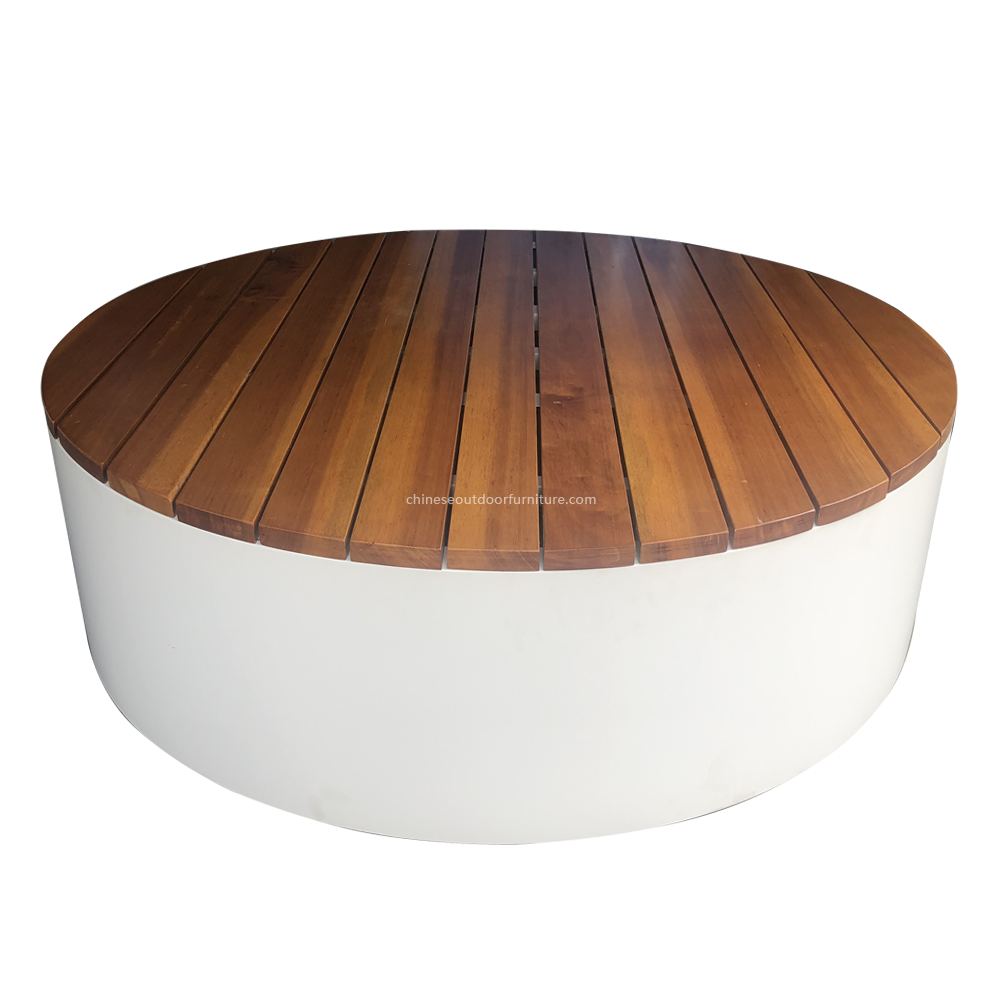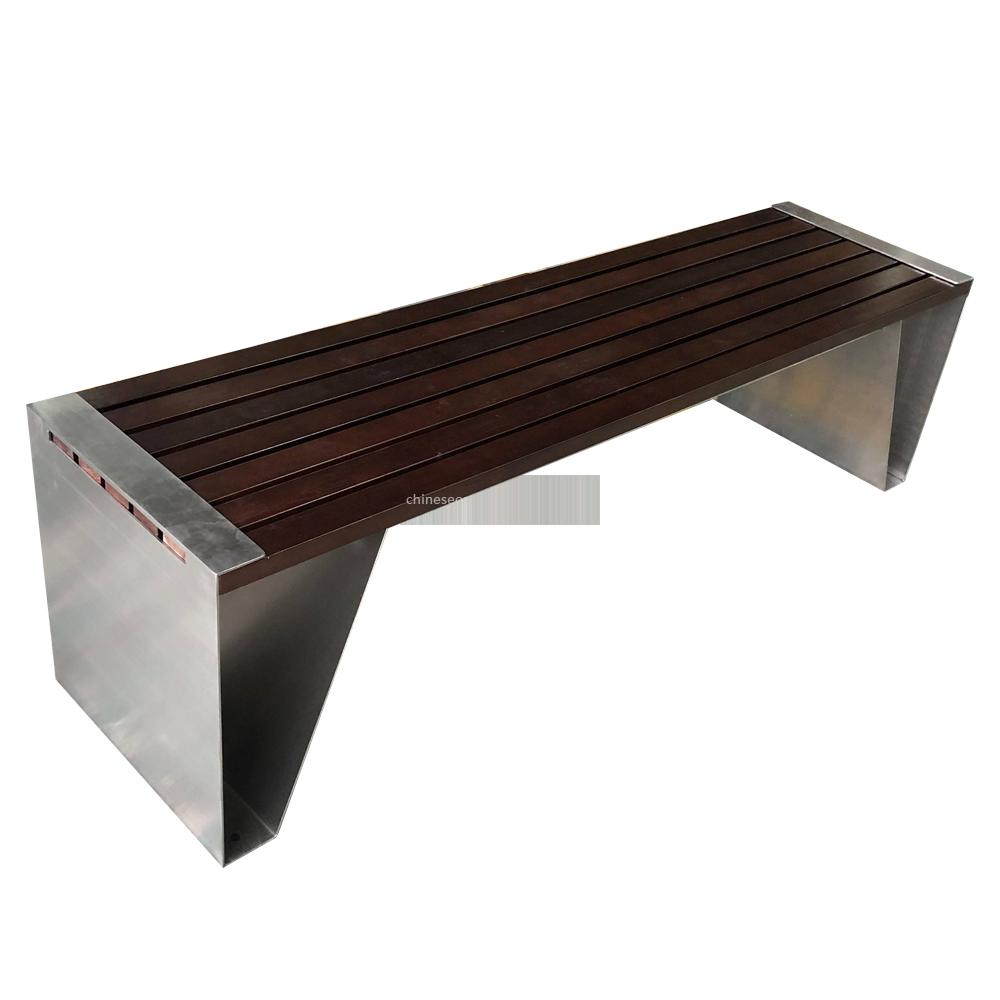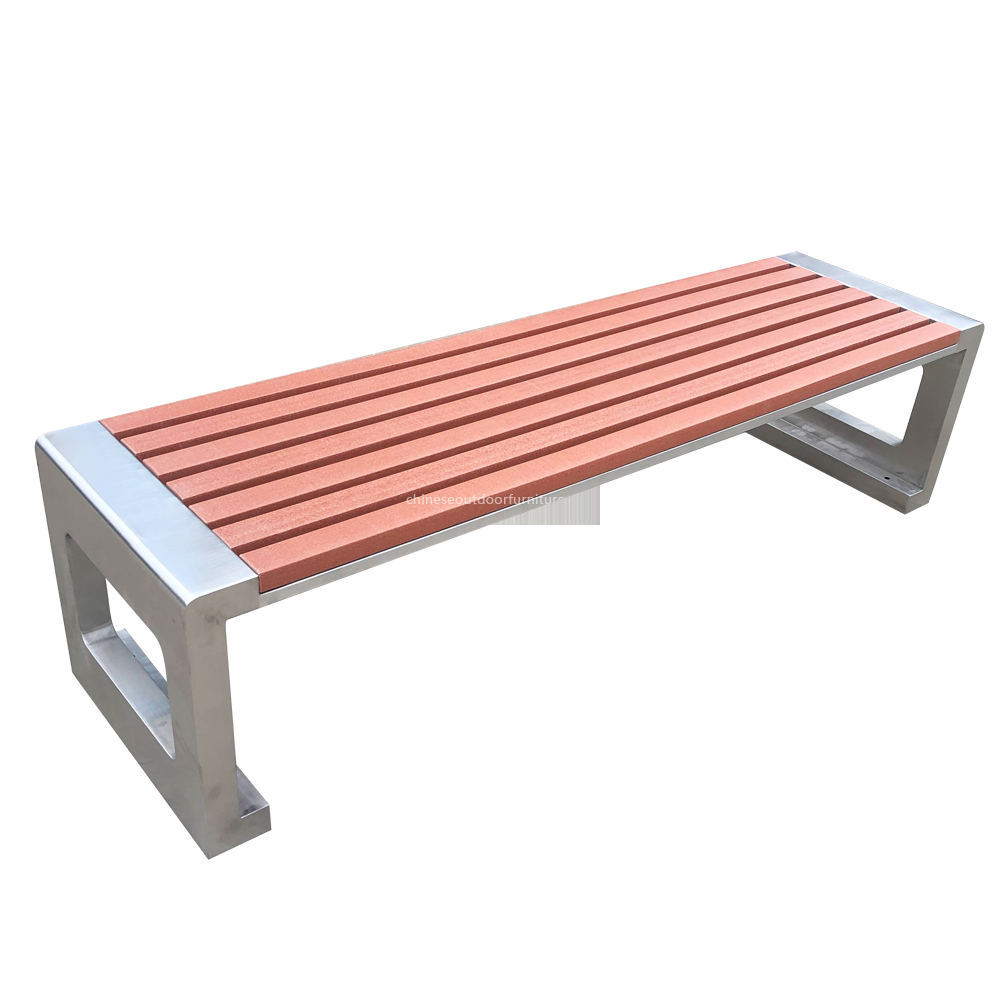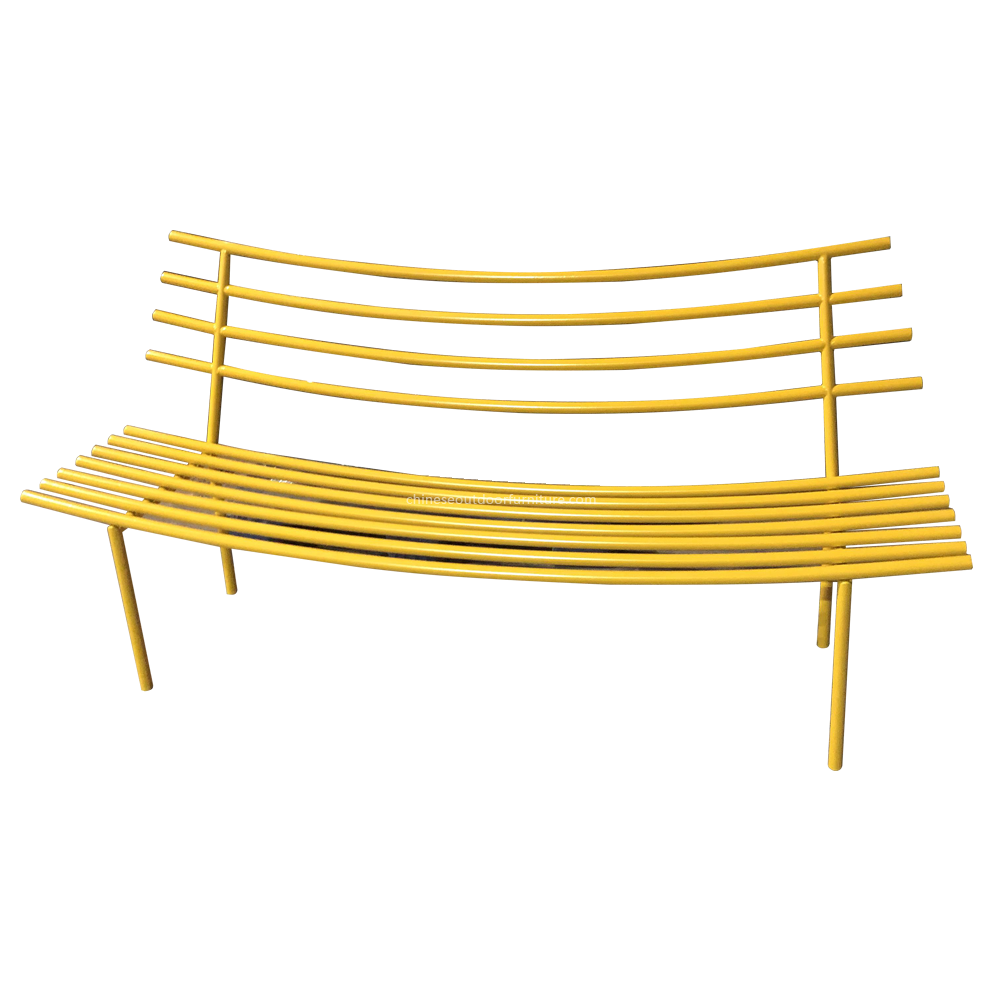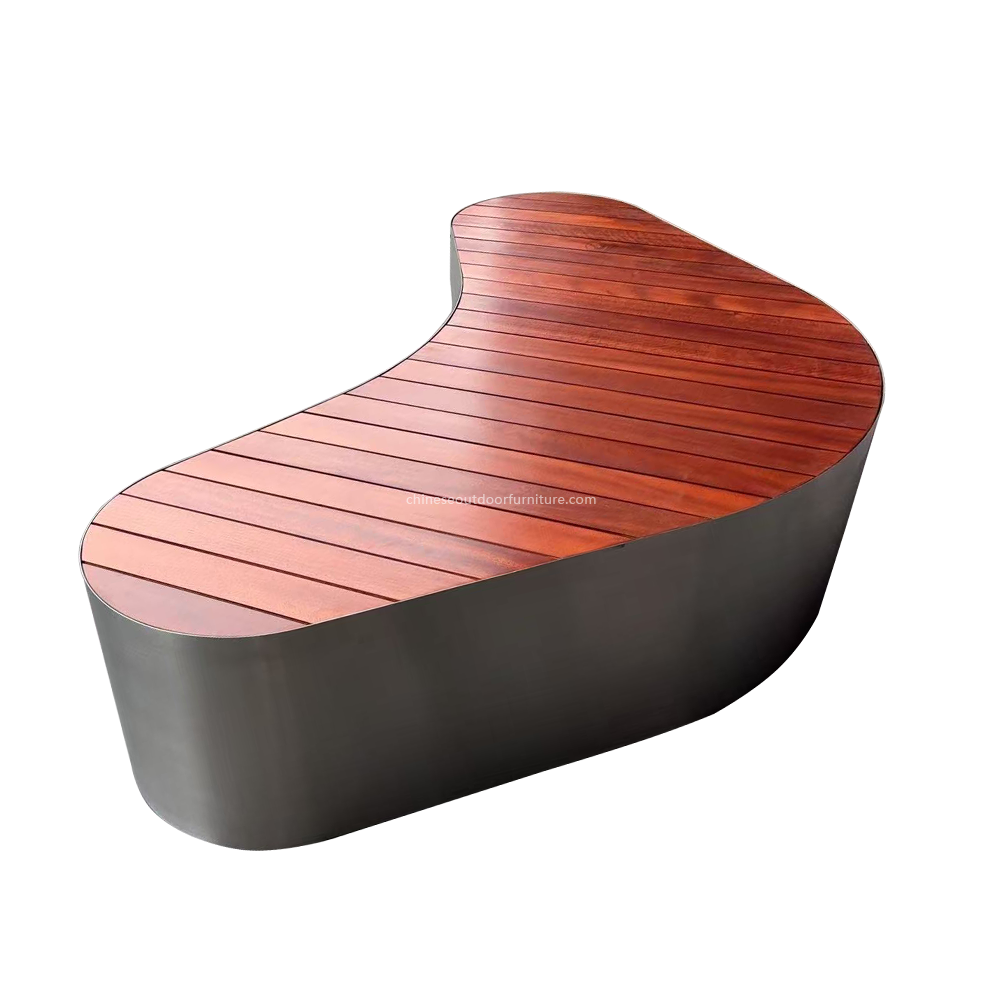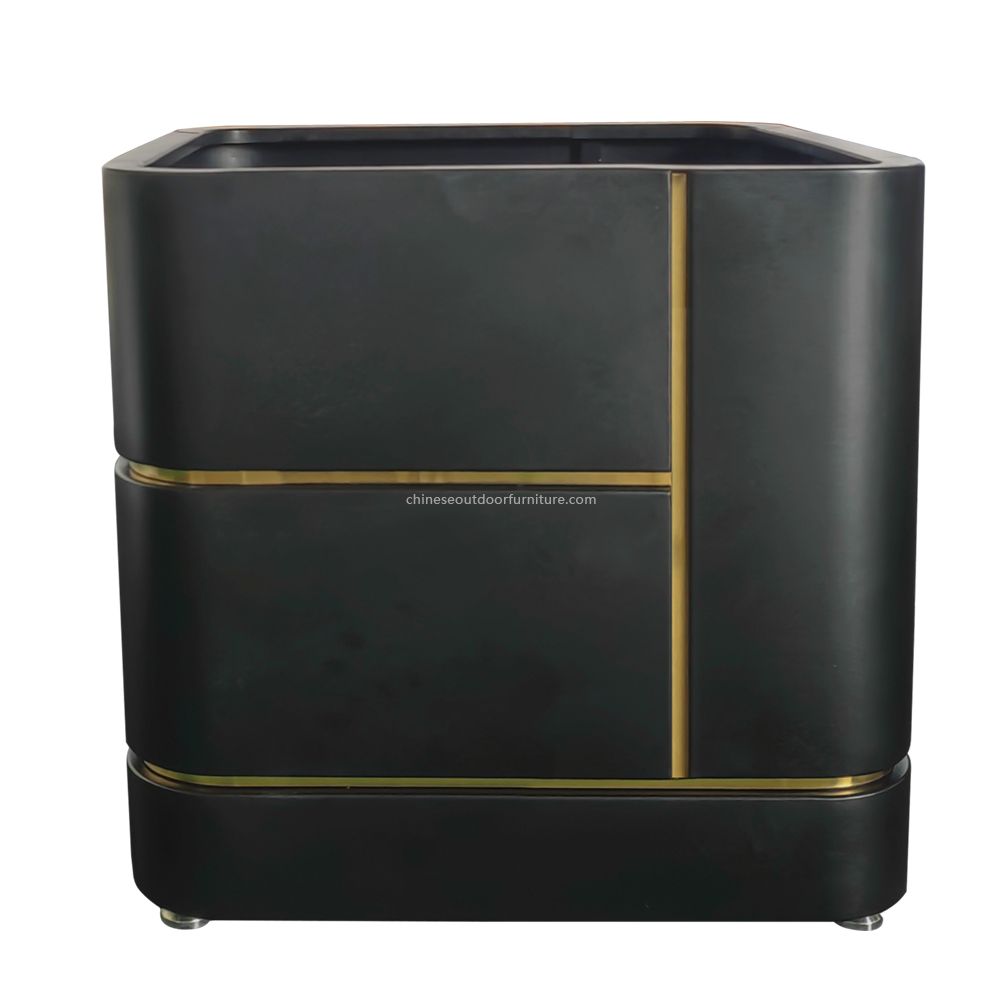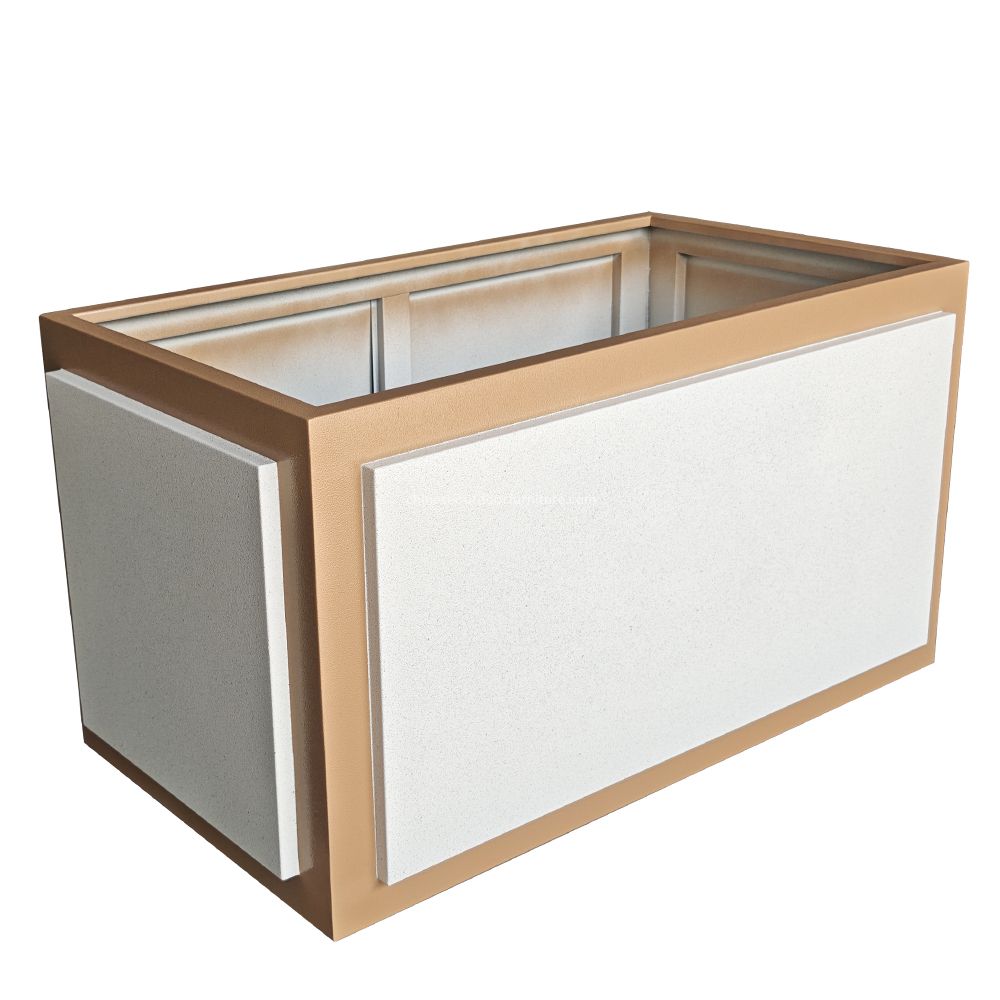How does teak wood’s resistance to oil spills enhance outdoor garbage bin maintenance in parks?
Discover how teak wood‘s natural oil resistance simplifies outdoor garbage bin maintenance in parks, reducing cleaning costs and enhancing durability for sustai...
READ MORE...What are the design features that prevent raccoon access to eucalyptus wood outdoor garbage bins?
Discover key design features that effectively prevent raccoons from accessing eucalyptus wood outdoor garbage bins. Learn about locking mechanisms, durable mate...
READ MORE...How does cedar wood’s natural resistance to termites compare to chemical-treated alternatives in out
Discover how cedar wood‘s natural termite resistance compares to chemical-treated alternatives for outdoor garbage bins. Learn about durability, environmental i...
READ MORE...What are the best wood preservatives for pine outdoor garbage bins in coastal environments?
Discover the best wood preservatives for pine outdoor garbage bins in coastal areas. Learn about oil-based, copper-based treatments and proper sealing technique...
READ MORE...How does teak wood’s resistance to bird droppings simplify cleaning of outdoor garbage bins?
Discover how teak wood‘s natural resistance to bird droppings simplifies outdoor garbage bin cleaning. Learn about its non-porous surface and low-maintenance be...
READ MORE...What are the weight-bearing tests required for eucalyptus wood outdoor garbage bins in public spaces
Learn about essential weight-bearing tests for eucalyptus wood outdoor garbage bins in public spaces, including load capacity requirements and durability standa...
READ MORE...How does cedar wood’s resistance to cracking enhance the durability of outdoor garbage bin joints?
Discover how cedar wood‘s natural resistance to cracking and moisture enhances joint durability in outdoor garbage bins, ensuring long-lasting performance in ha...
READ MORE...What are the best wood finishes for teak outdoor garbage bins to retain natural color?
Discover the best wood finishes for teak outdoor garbage bins to preserve their natural golden-brown color. Learn about teak oils, sealers, and UV protectants f...
READ MORE...